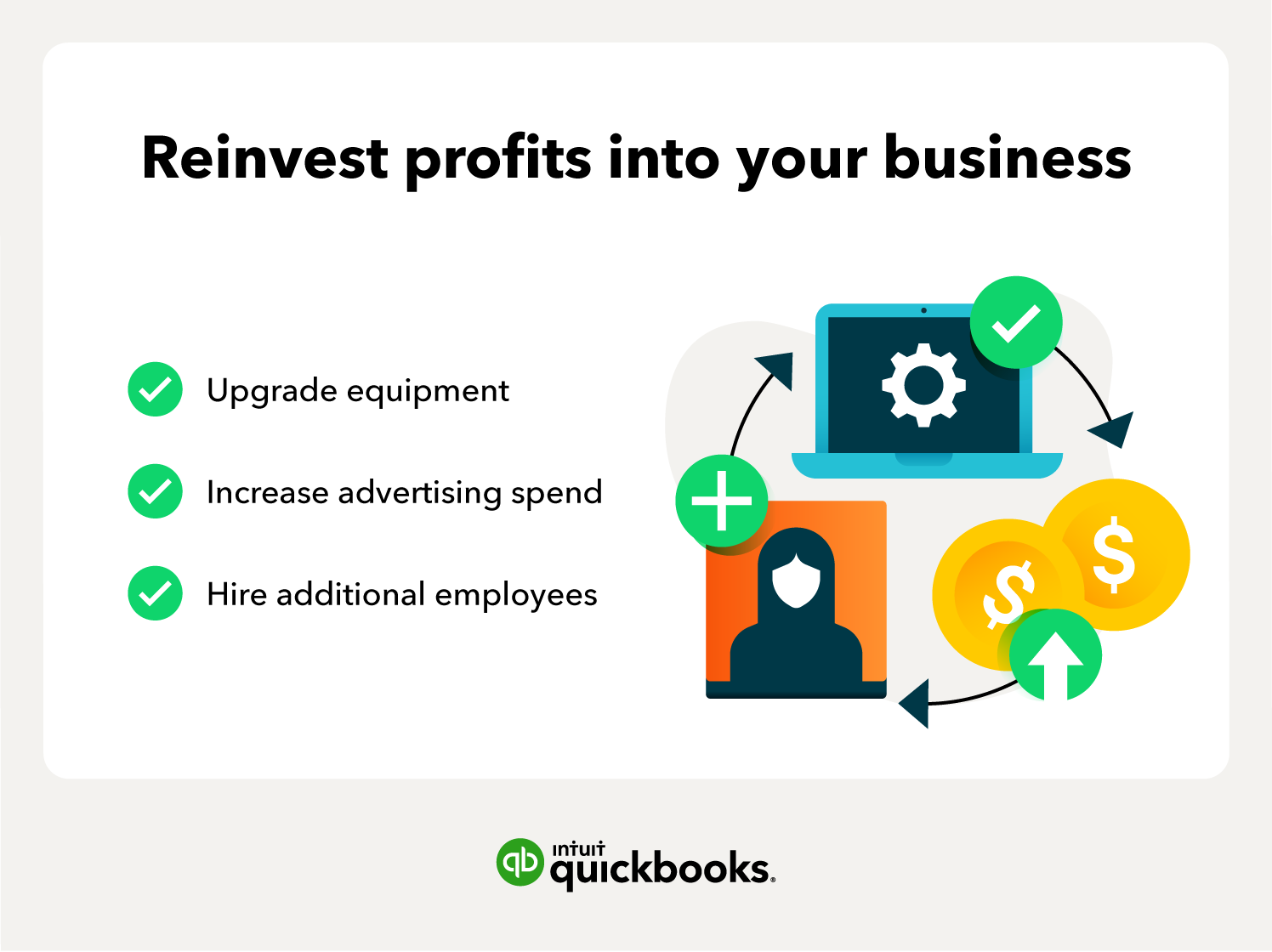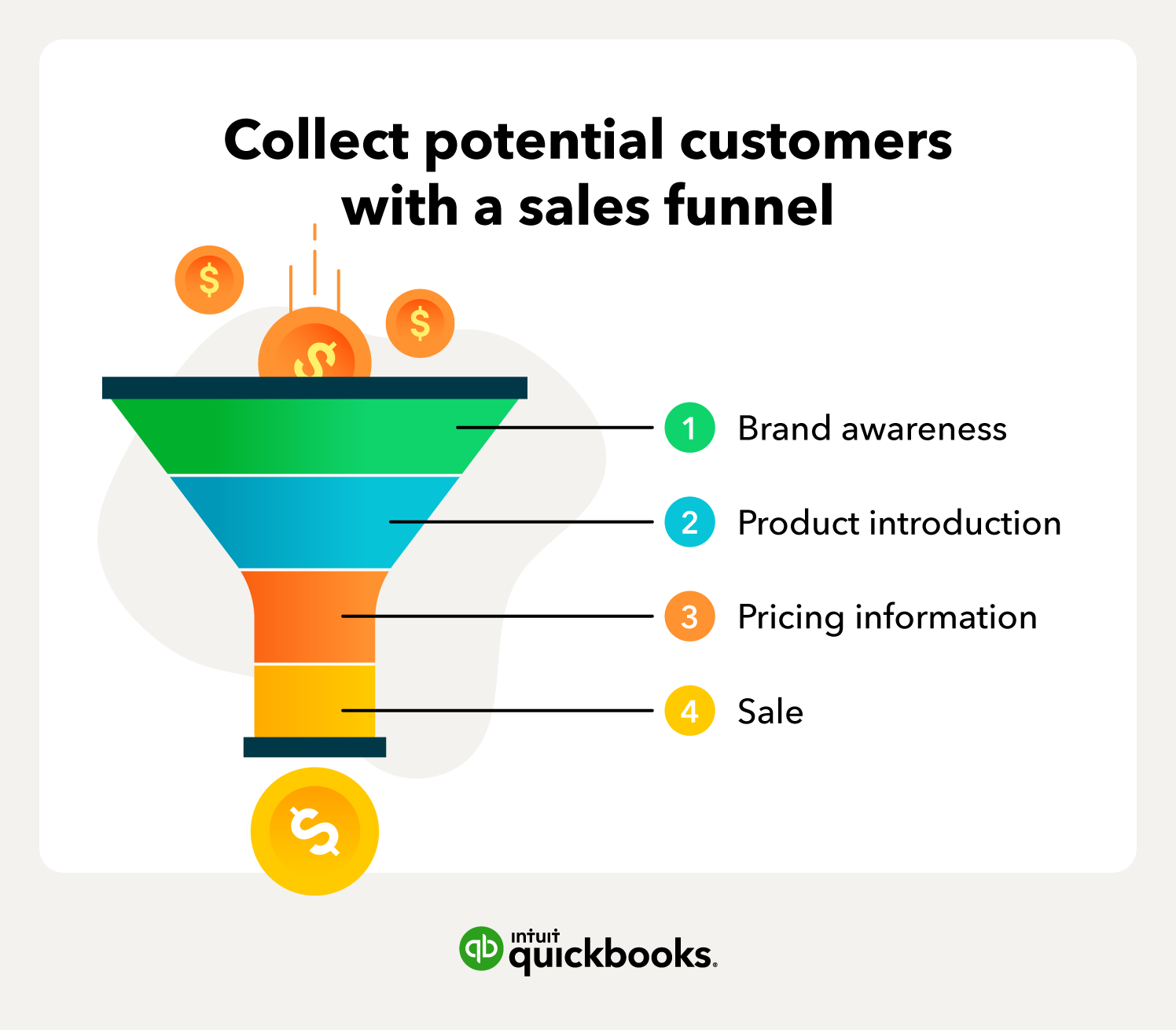11. Increase revenue with upselling and cross-selling
When a customer is already going to make a purchase for $10, it probably won’t be difficult to convince them to spend $2 more, but you’ll have just increased the revenue from that sale by 20%! You can encourage a customer to spend slightly more than they intended by one of two methods: upselling or cross-selling.
Cross-selling
The most famous method of cross-selling is the phrase: “Would you like fries with that?” A side of french fries complements most fast food purchases, and suggesting it as an addition with every order increases the restaurant's bottom line.
Take a look at your business and figure out which products or services complement each other. If someone adds a surfboard to their cart, your website can suggest a bottle of sunscreen or surf wax. If they’re buying a dog bed, you could recommend a bag of dog treats.
Upselling
The process of upselling means encouraging a customer to purchase a more expensive version of the product or service they already want. If you’re making a reservation at a hotel, they’ll likely ask you if you’d like to upgrade to a larger room, or a room with more amenities, like a view of the city. An upsell can be something as small as two scoops of ice cream instead of one, or as large as a car with more features than the base model.
Upselling is most successful when the price difference between the offerings is small. If a scoop of ice cream costs $2, but two scoops of ice cream only costs $3, the clear discount on the second scoop of ice cream makes it an easy decision to spend more.
Cross-selling and upselling both result in the same thing: more money for the same amount of effort.
Tip: Experiment with different products and services to determine which purchases result in cross-sells or upsells. After determining which ones work the best, be sure to offer the cross-sell or upsell during each transaction.
We’re here to help you grow
Growing your small business can be daunting. We hope that the tips listed here will be helpful as you gradually staff up, and increase the size and scope of your business.













